Buying healthy and delicious food on a budget is possible, with just a few key planning and shopping strategies.
Read our tips for stretching your food dollar while grocery shopping on a budget.
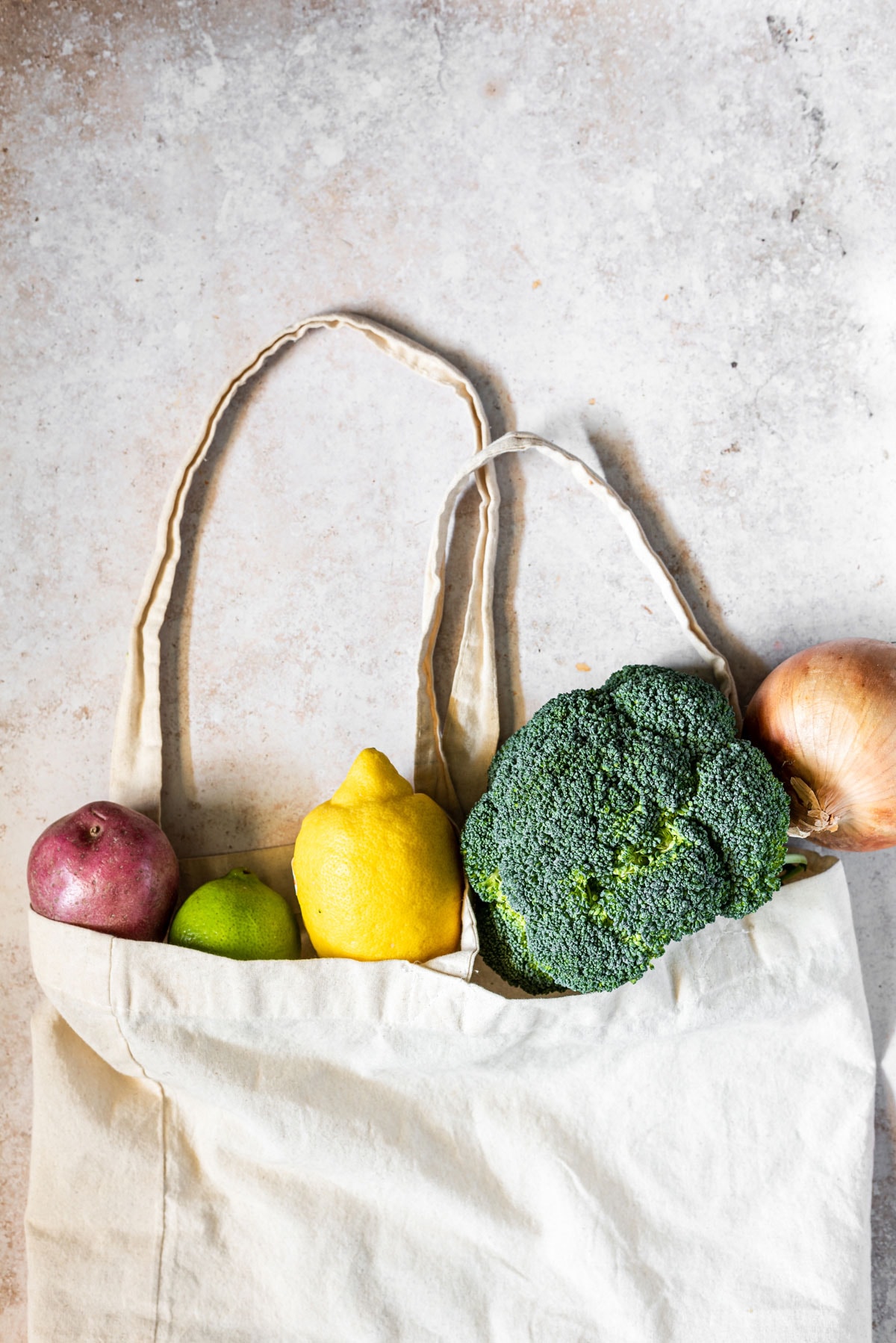
Jump to:
#1 Plan your meals, write a list and stick to it.
This doesn't mean you have a strict meal plan, but planning the meals you're going to eat ensures that you have a plan for everything you buy. This way you won't end up with foods you didn't plan for, which may go bad if you don't get to them in time.
Once you've determined what meals you're going to make, write your grocery list.
Pro tip: go through each recipe and write down what you need/check your kitchen to see if you already have the ingredients.
Once you get to the store, stick to your list. When we buy things we didn't plan for, they can easily end up going to waste. That means wasted food and wasted money.
A meal plan doesn't need to be overwhelming or complex. Look at some recipes you want to make, think of meals you and your family enjoy and simply write down your ideas. Also consider your schedule and leave yourself some built-in wiggle room. I usually recommend planning three or four meals for a week. That way you don't have too much food that you won't end up eating before things go bad.
Here are some tips on building balanced meals.
#2 Shop your pantry
Many households in the US have enough food in the freezer and pantry to get them through at least a week (or more). Plan a meal around that half package of pasta, that can of tuna and those french cut green beans.
Don't forget to take a peak in your freezer for the hidden treasures there too!
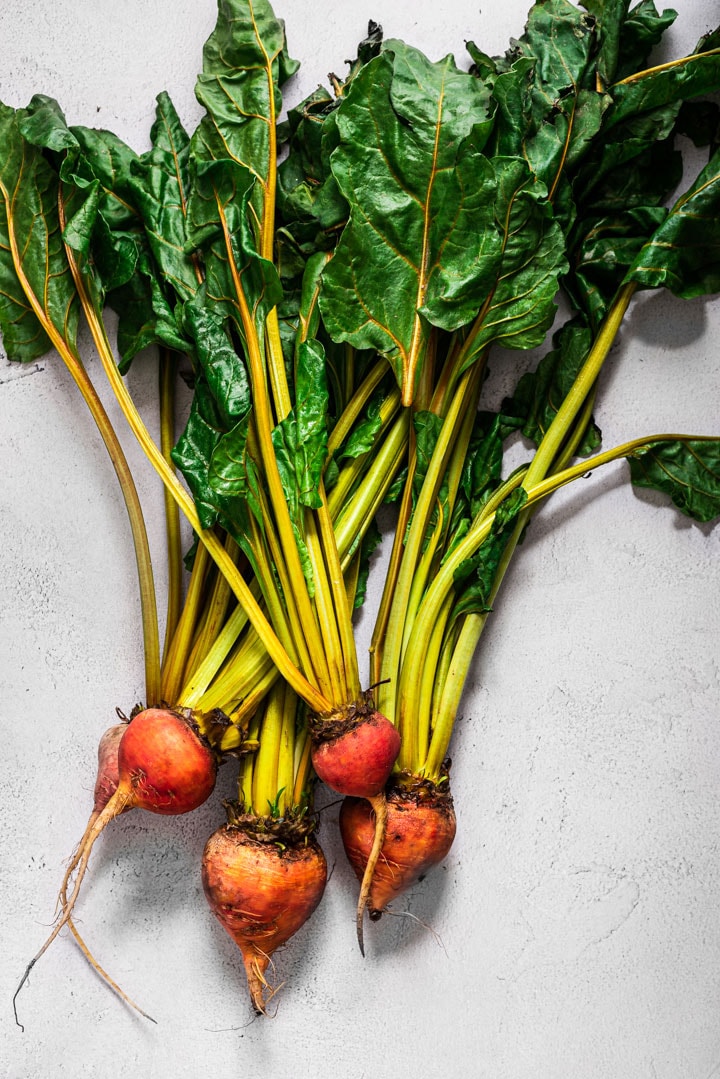
#3 Practice scrappy cooking
Use the leaves and stems from beets/beet greens, kale/chard leaves/stems, carrots and carrot tops. You essentially get two vegetables for the price of one! Make a sauce from herbs that are on the brink of being tossed. Use brown bananas in banana bread and spinach in smoothies.
Save those onion peels and carrot ends to make stock. Make broccoli soup from the broccoli stalks and roast squash seeds for a crunchy snack.
Get creative!
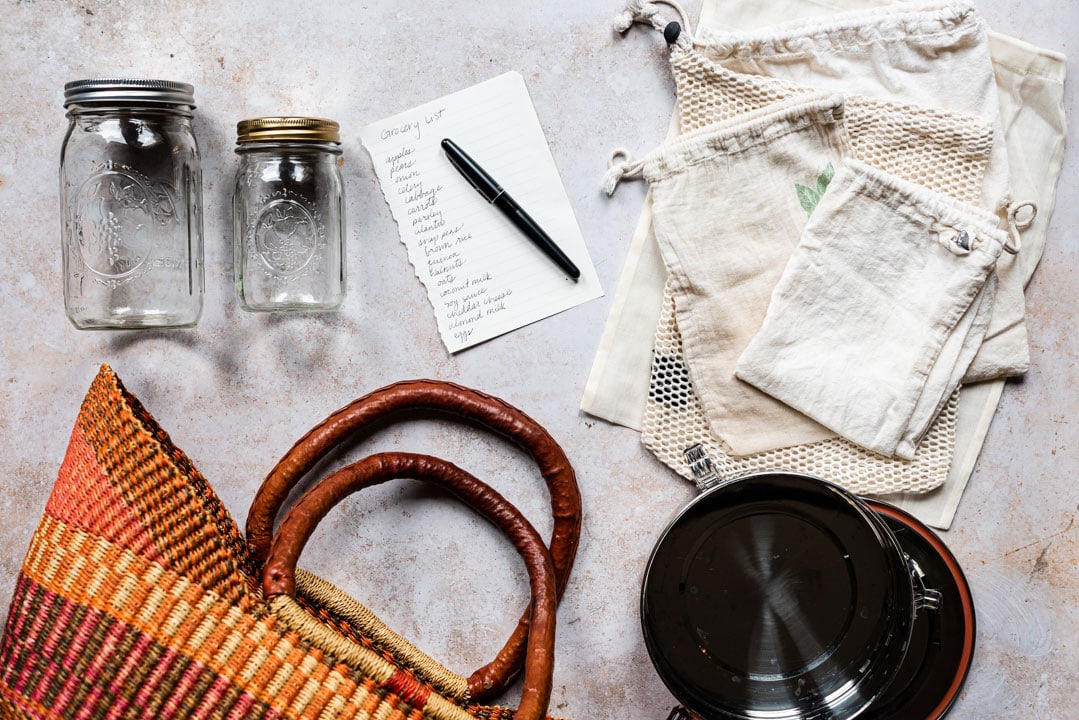
#4 Buy from bulk
To clarify, this is different from buying in bulk (i.e that 20 pound bag of nuts that will likely go bad before you can eat them all). Buying from bulk means you can buy as little or as much as you need.
Buying from bulk produces less waste (because you can buy just what you need) and buying from bulk is usually cheaper since you're not paying for packaging.
Look for stores that sell dried goods and spices in bulk bins. And bring your own [clean]
#5 Opt for plant-based protein
There's just no way around it. Meat costs more per unit than pretty much anything else. Consider this: you can get a 1-pound bag of lentils for around less than a dollar, while most meats can cost anywhere from $3-5 per pound and up.
To get started, try incorporating one meatless meal per week. Try tacos with pinto beans, a mediterranean dish with chickpeas, or a stir fry with tofu. Or stretch your meat dollar by using half the meat, and adding in beans or grains in things like chili, marinara sauces and soups.
Incorporating more plants is better for your body, the planet and your wallet!
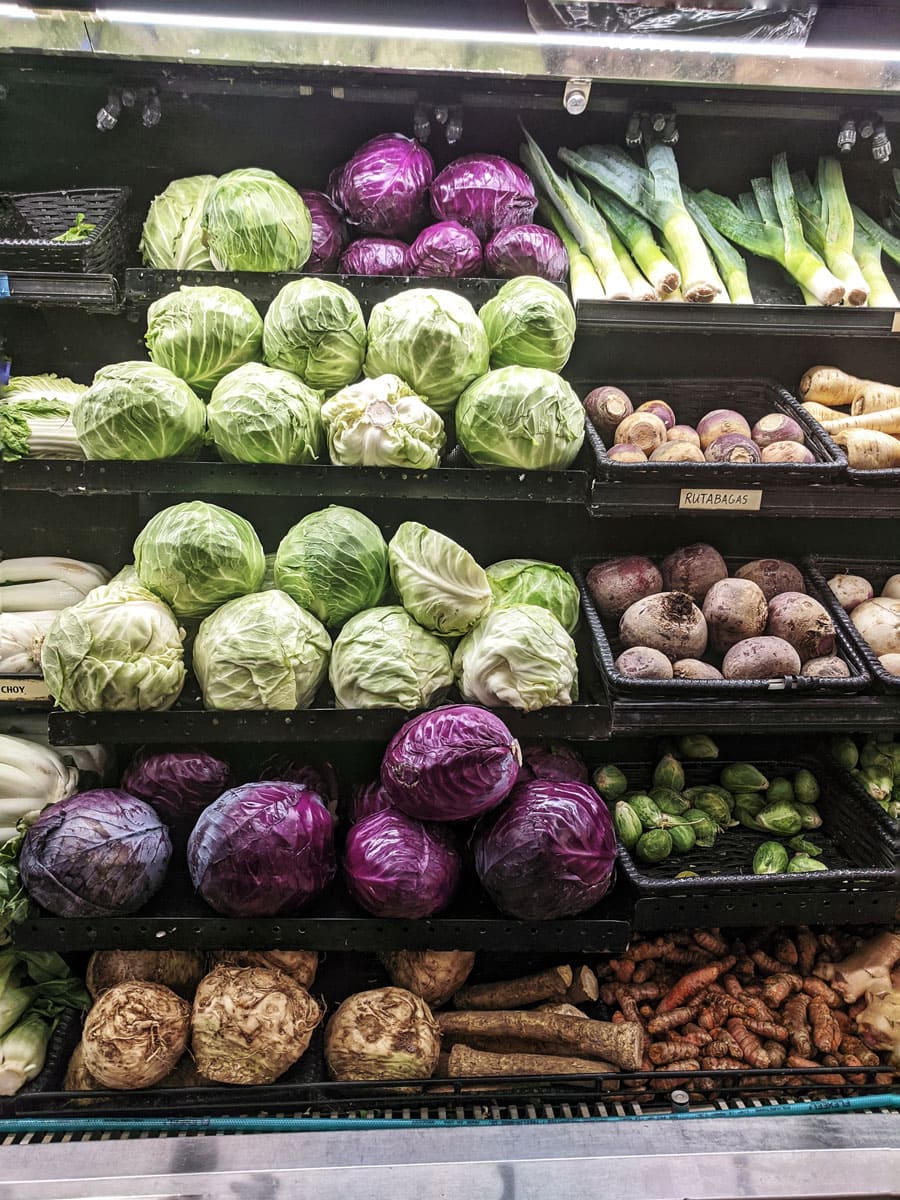
#6 Shop smart
Check flyers, coupons, sales and plan meals around those items. This also applies to in-season foods. Produce that is in season is generally more abundant and therefore costs less (not to mention that they're more nutrient-dense and tasty).
Sign up for the loyalty program. Many grocery stores have loyalty programs that are free to join and can get you discounts just for having the card.
Skip the prepared/convenience foods. You're paying for packaging and convenience. Make your own instead! Hummus (check out the Best Basic Hummus), guacamole, bread. You can make all these items in your home for a fraction of what they cost in the store.
Compare price per unit. Larger packages often cost less per unit than smaller containers. Many grocery stores advertise the price per unit, so take a look at those to help you decide which size is the best bang for your buck. Remember though, if you're not going to finish it before it goes bad, you aren't saving any money.
What are some ways you stretch your grocery budget to make your dollar go further?





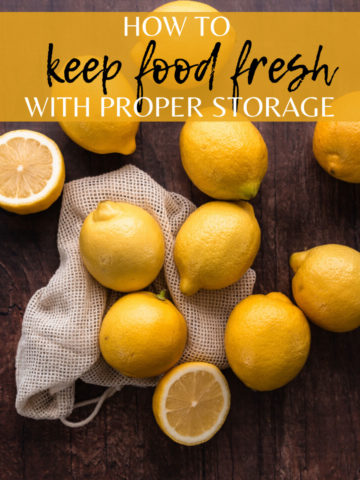




Leave a Reply